Beit Lohamei HaGeta'ot - The Ghetto Fighters' House
- Mike Levitt

- Apr 25, 2018
- 6 min read

The Ghetto Fighters' House (בת לוחמי הגטאות) – or more properly the Itzhak Katzenelson Holocaust and Jewish Resistance Heritage Museum – but known as the “House” – is not only the first Holocaust museum in the world, but also the first of its kind to be founded by Holocaust survivors. It is intrinsically tied with the development of the kibbutz within which it lies, Kibbutz Lohamei Hagetaot.
The kibbutz was founded in 1949 on the coastal highway between Acre and Nahariya, on the site of abandoned British Army base. Its founding members were all holocaust survivors, and included surviving fighters of the Warsaw Ghetto Uprising, partisans, prisoners of concentration camps, those who went into hiding using a false identity and those who escaped to the USSR.

Upon immigrating to Israel, the pioneers established the kibbutz in order to commemorate their families that perished during the Holocaust. The ground breaking ceremony was set for April 1949, on the sixth anniversary of the Warsaw Ghetto Uprising. On that same day, the foundations for the museum were established. Thus from the start the kibbutz was planned as a living memorial and repository, as the highest expression of its founders' commitment to Holocaust education in Israel and the world, telling the story of the Jewish people in the 20th century, and particularly during World War II and the Holocaust. The museum is named after Itzhak Katzenelson (pictured right; credit: The Schwadron Collection of the National Library of Israel (The National Library of Israel collections) [Public domain], via Wikimedia Commons), the Jewish poet who died at Auschwitz. Central to the Museum's narrative is the individual, and the many expressions of Jewish resistance in ghettos, concentration camps, and partisan combat.
Whilst remembering and commemorating the past, the kibbutz was established for a bright future and, by August 1949, the first baby was born on the kibbutz.
In 1984 the founders of the kibbutz published Pages of Testimony in four volumes. This work records the testimonies of ninety-six kibbutz members, covering their childhood before World War II, the war years, their struggle for life, making Aliya (immigration to Israel) and the establishment of the kibbutz.
This post contains pictures from two visits to the site. On the first visit, in March 2013, I accompanied my son, Yonatan, on a primary school sixth form trip to Yad HaYeled (יד הילד, "Monument to the Child"), a discreet part of the complex which was first conceptualized in the 1980s with the aim of providing children of today a first acquaintance with the world of children who lived during the Holocaust; it opened in 1995. Yonatan was on crutches and required an adult supervisor, and I jumped at the chance. On the second visit, Yonatan returned with my wife and I, to see the main exhibition complex, the Ghetto Fighters' House, in February 2018.

The Ghetto Fighters' House with Yonatan (on crutches) and his class, March 2013
The museum complex, as well as its role as an educational centre and a memorial, is architecturally stunning, both in itself and in its setting. It sits alongside the Kabri aqueduct, originally built at the end of the 18th century by Jezzar Pasha, the Ottoman ruler of Akko (Acre), but completely rebuilt by his successor, Suleiman, in 1814. The aqueduct supplied water to Akko until 1948.
The architect for the Ghetto Fighters' House, Shmuel Bikeles, said:
“It was the vow of the members of Kibbutz Lohamei Haghetaot to build a house, not a museum or a monument, that would be dedicated to preserving the history as a continuum between past and present, to heal the rift between the pioneering that faces forward and the memory that looks back – and above all, to emphasize the vital connection between the personal story and that of the group. This obliges us, in considering the physical and programmatic interference in the building, to uphold two fundamental principles as best we can. The Ghetto Fighters’ House is an integral part of Kibbutz Lohamei Haghetaot. This connection is the essence of The Ghetto Fighters’ House. [Today,] this quality is fairly intangible to many of the museum’s visitors, who experience the place as an isolated commemoration site in a pastoral setting. The Ghetto Fighters’ House is a dynamic source of authentic testimonies and personal viewpoints. It differs from other museums and archives that deal with the Holocaust, as well as from the monument-centered commemoration sites, in that it is not based mainly on gathering detailed information and depicting a comprehensive overview, nor is it based, on the other hand, upon a ritualistic intensification of momentary revelation and mourning, but rather on an encounter – personal, subjective, intimate, emotional, and as much as possible, unmediated – between the deliverers of the testimony and the listener/viewer. “These two principles guide the components of the amendment plan. The entire interior and exterior planning and design process was assessed according to how it contributed to the clarification of the connection between the kibbutz, its founders, and the museum, and according to its ability to foster display and viewing that permit closeness, internalizing, and identification…”
From the roof of the museum, one has a panoramic view of the kibbutz and the surrounding landscapes of the Western Galilee, giving a sense of how the complex is situated in the landscape.
The views of the Western Galilee from the roof of the Ghetto Fighters' House; from left to right: north, west, south and north-east
The House itself contains both permanent and temporary exhibitions, as well as archives and a library, education space, and the Center for Humanistic Education, whose premise is that confronting the Holocaust helps us understand the importance of humanistic and democratic values and provides tools for moral judgment and civic responsibility. The Center works with a diverse population of teachers and students, Jews, Muslims, Christians, and Druze. But this attitude is in evidence across the museum complex, with materials and exhibit labels in Arabic as well as Hebrew and English.

The central stairwell of the Ghetto Fighters' House
Permanent exhibitions at the House include the darkened "Yizkor" Hall of Remembrance, with items of Jewish culture that were lost in the Holocaust; the Home of Testimony, which tells the stories of the founders of the Ghetto Fighters' Kibbutz in 148 personal stories bringing to life the complexity of existence during the Holocaust period, in ghettos, camps, hiding places, in uprising and partisan units – stories that conclude with the decision to immigrate to the Land of Israel and establish a kibbutz in the spirit of the Dror Zionist youth movement's values; and exhibits about Jewish Warsaw, Jewish resistance, the Jews of Holland, ghettos and deportations, and the Righteous among the Nations. The slideshow below shows some of the exhibits - hover over the pictures to see the legends.
Yad Layeled's unique architecture was developed to try and reflect the museum's educational concept, which the building expresses aesthetically through its location next to the Turkish aqueduct, its external structure, and its halls, floor plan and lighting. The architect, Ram Karmi, "visualized the young visitors and designed a layout that combines linear continuity with circular movement in a way that connects beginning and end. This circular motion reflects the architectural concept to never forget the old life: to keep it alive in our minds while life begins anew outside the museum's walls."
Within the museum, the Child in the Holocaust exhibition presents the children’s stories from their own point of view and in their own voices. In addition there are educational and memorial spaces, including the memorial hall features 17 stained glass windows whose designs are based on the drawings of children in the Theresienstadt (Terezin) ghetto.
The experience of visiting the complex is one of mixed emotions. For sure there is beauty and calm, and the optimism of a new life in a new country in the land of our forefathers. For certain the exhibits are fascinating, unique, and incredibly well and imaginatively presented. But the subject matter is of course distressing, to the extent that one may become physically and mentally exhausted; most people will not be able to do the whole museum complex in one visit for this reason. It is however well worth revisiting time and again, in the spirit of "Never Forget."















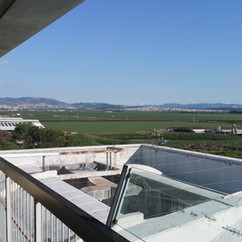


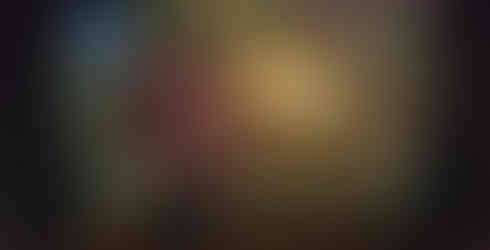







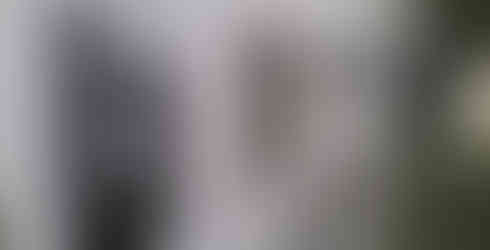

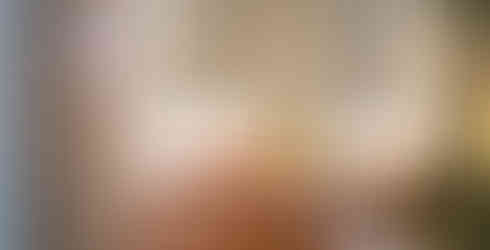

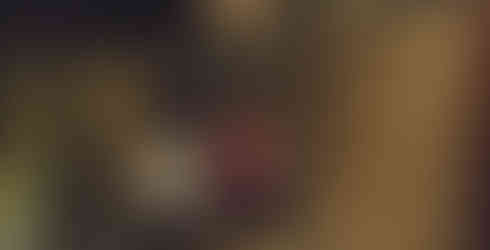


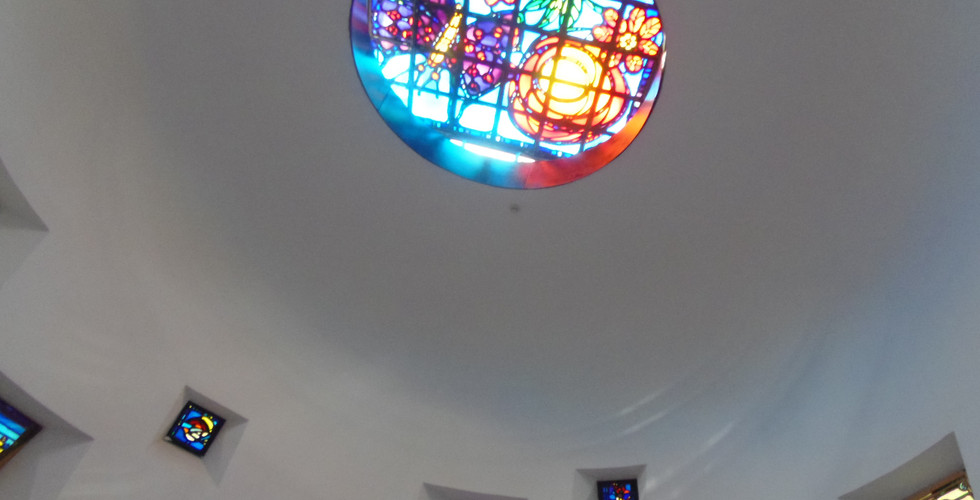




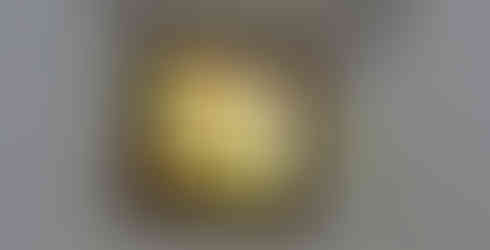

Comments